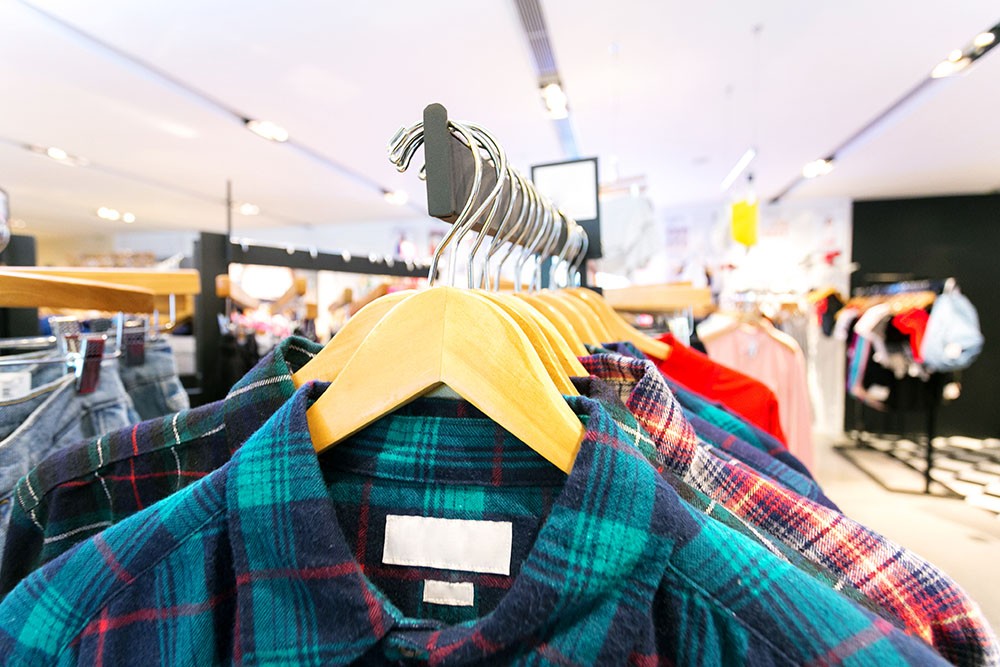
Can you predict retail theft?
It would be nice to imagine retailers could gaze into a crystal ball and predict where and when theft or shrink was likely to occur.
According to experts, they can – by using metrics and data that reveal what’s really going on in-store and then projecting the findings to understand what’s likely to happen in the future.
Here’s an insight into some of the most effective ways retailers can gauge the likelihood of where and when theft is likely to happen, and how they can then prevent it becoming a reality.
Metrics and retail shrink
In a recent article in Loss Prevention Magazine, editor Tom Meehan explained how his team once created a shrink prediction model based on three years of data in five key areas.
They looked at:
- Store sales and shrink – examining sales, customer traffic data, the number of transactions and the value of shrink in dollars.
- External risks – such as shoplifting cases, proprietary fraud, recoveries, return rate, and general liability claims.
- Internal risk – including store turnover, cash averages versus shortages, cases of dishonest employees, worker’s compensation claims, and audits.
- Operations scores – like employee engagement, net promoter scores, order pick numbers, staffing, shipment needs, defect data, and return to vendor scenarios.
- Vicinity metrics – proximity to metro transits, third party risk scores, distance to major cities, and the region of the US.
What the metrics offered
Together, these metrics provided an insight into current loss across the business, but also offered an understanding of why that loss was occurring.
Meehan noted pick rates were particularly useful as they not only indicated staff were having trouble finding items because they were misplaced or missing, but it also highlighted operational inefficiency that could be addressed.
Likewise, employee engagement stores provided valuable information about how staff felt in their work environment. Those stores with a higher staff satisfaction scores tended to experience less loss.
Meanwhile, he reflected, the entire experience of delving into the data served as a reminder that shrink was often tied to the customer experience.
Ultimately, it also enabled his team to look in places they hadn’t before to combat retail shrink.
But where do you find all this information?
Big data, big potential
Big data has emerged as a big deal in 2018, with Inside Retail noting “the capture, interpretation and ultimate application of consumer data emerged as a key takeaway from this year’s National Retail Federation Big Show in New York”.
As loss prevention specialist Vitag explains: “The reason for its popularity is that data enables retailers to better understand what their customers seek, how their stores run, what loss they incur, and then ultimately enables them to create the “customer experience” real-world retail rightfully covets in a changing shopping world”.
They note in almost any retail environment, you can capture data through:
The Point of Sale – Where data extends from stock at hand through to individual staff sales, returns, hourly, daily or monthly sales, inventory and more.
Customer insights – like traffic counting that indicates when a store is busy, or heat mapping that shows where people stop within a retail environment.
Staff management – which is drawn from the POS and the sales transactions a staff member makes, but can also encompass new technology like Invue Access Manager, which tracks what staff members access which secure displays using smart keys.
A step further – advanced and predictive analytics
All this data offers an insight into what has happened in a store, but when coupled with predictive analytics and machine learning, the power to foretell what will happen in the future becomes even greater.
The Wall Street Journal explains advanced analytics allows “retailers accomplish more with less, turning data into actionable insights to help reduce or prevent these losses”.
“The greatest benefits lie in identifying the areas of retail loss that historically have gone undetected. Advanced analytics can help companies answer key questions, including what stores to focus on and why, and how to proactively manage those stores as patterns are uncovered.”
They note advanced analytics helps retailers identify:
- High risk products
- High risk stores
- High risk transactions
- High-risk relationships
- High-risk labor spending
“By deploying more advanced analytics options, retailers can focus store audit questions on key operational opportunities and high-risk metrics. They can increase visibility into store performance and measure progress over time while also improving the efficiency and effectiveness of field resources.”


